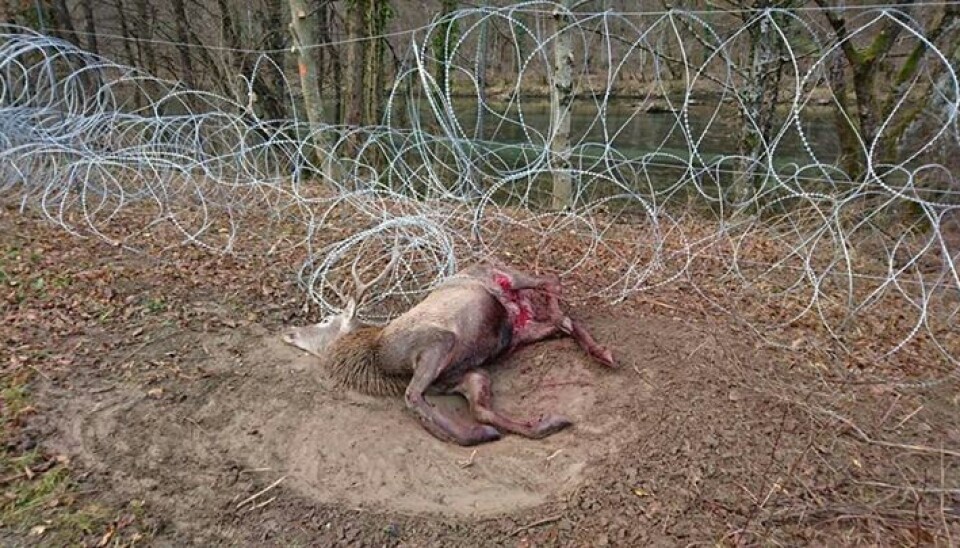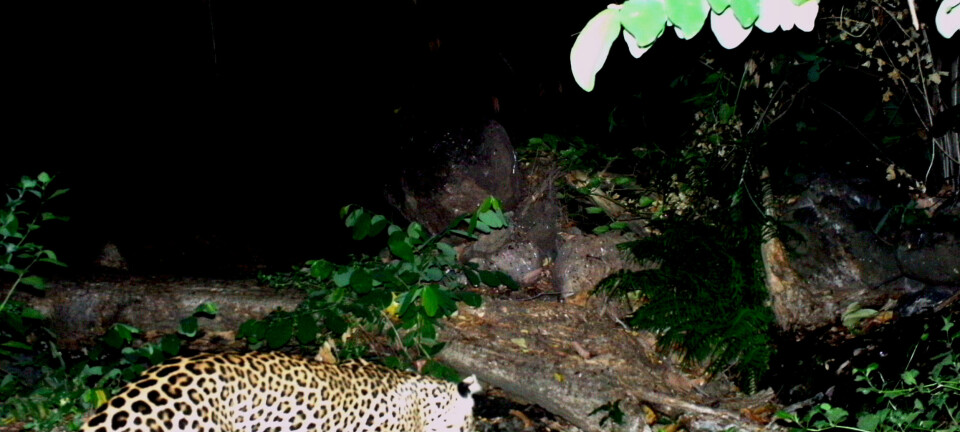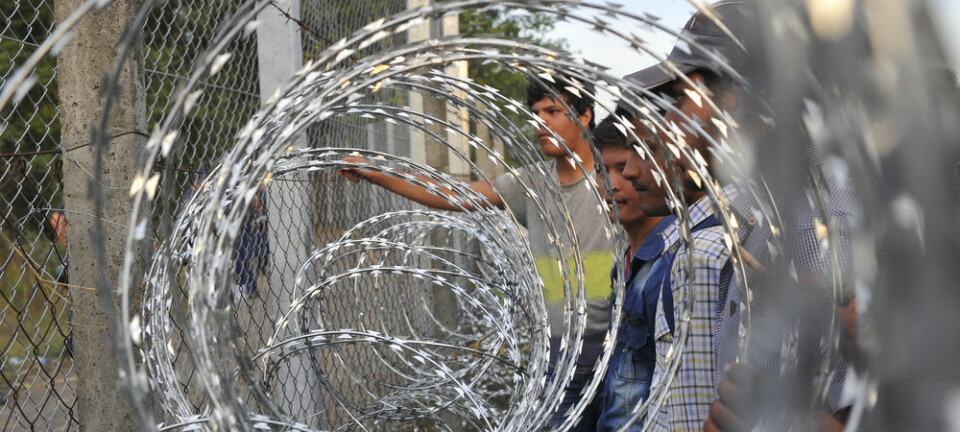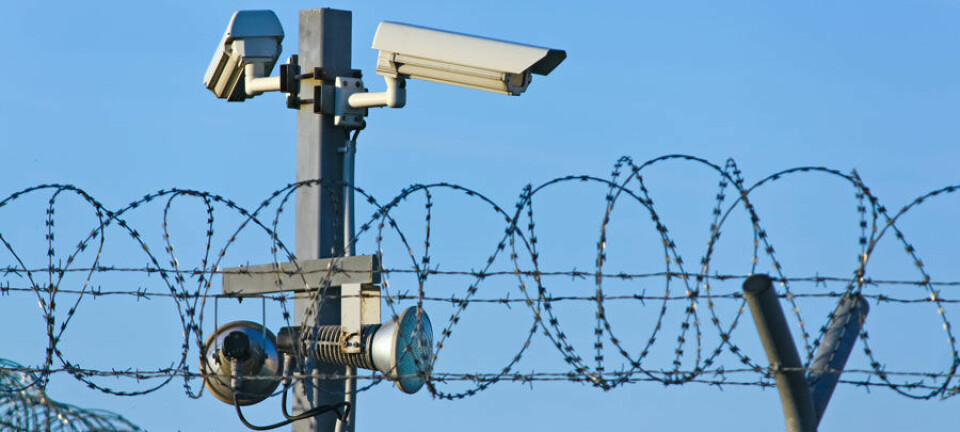
Increasing border security fences are a lethal problem for wildlife
OPINION: Wire fences and walls along country boarders are a huge problem for wildlife. Animals die after getting entangled in the wires and many species are cut off from important seasonal habitats. This situation forces a re-think of conservation strategies across borders, says researcher.
When the Iron Curtain fell in the early 1990's it seemed that a borderless world had arrived. In addition to allowing the flow of people, this new situation allowed wildlife to pass across borders. The strategy of transboundary cooperation in wildlife conservation spread across Eurasia.
The idea was to benefit from the newly opened borders and improved spirit of cooperation to develop plans for countries to pool their efforts and work together to conserve wildlife.
"Good fences make good neighbours"?
However, following the dramatic events of 9/11 there has been a dramatic change in geopolitics and a worsening security situation in many countries. Many nations have begun to erect new border security fencing to hinder the flow of terrorists, drug-smugglers, foreign armies and refugees. Existing fences have also been reinforced.
The result of this trend for securing borders has been a dramatic reduction in the permeability of borders for wildlife, as well as people.
The issue has been mentioned in a few specific case studies, but no overview has been produced, until now.
Together with 17 colleagues from institutions based in 10 countries I have pooled our experiences and reviewed diverse sources of data to generate the most up-to-date overview of border fences across Europe, the Caucasus and Central Asia which has just been published in the journal Plos Biology.
Our main finding is that between 25.000 and 30.000 kilometres of fencing surrounds the countries of the region, and more is being added. In addition, existing fences are being dramatically upgraded. Although not included in our study, similar fences are even more prevalent in the neighbouring countries of the Middle East and southern Asia.
Impacts on wildlife
These fences represent a major barrier to the movement of wildlife, especially migratory large herbivores and large carnivores as well.There are examples of individuals dying after being entangled in wire when trying to cross.
However, a far more serious problem occurs when fences obstruct the movements of animals that are trying to reach seasonally important habitats or escape from unpredictable winter weather. In the worst cases this can result in large numbers of animals dying of starvation.
It also results in a fragmentation of populations and a reduction in their long term viability. The implication is that the whole idea of transboundary conservation needs to be reconsidered in some areas, and the permeability of borders to wildlife cannot be taken for granted.
"The fence that makes good neighbours needs a gate to make good friends"
Luckily, there are several measures that can mitigate the worst impacts.
It is possible to open some fence sections in seasons when migratory herds need to pass. It is also possible to leave some strategic sections open, and adopt other security measures to monitor these gaps.
There are also a range of fence designs that reduce the risk of animals becoming entangled, and may even permit the passage of some species. In order for these measures to be taken into effect there is a need for wildlife conservationists to engage with government agencies responsible for border security to try and find designs and locations of border fences that minimise undesired environmental impacts.
There is also a need for an open public debate about border fences to ensure that the decisions to build them are based on a full consideration of the costs and benefits of fences versus other alternative strategies. As they stand these fences serve as potent symbols for the sad irony of our times.
They represent a move towards isolationism when we have an increasing need for international approaches to address global challenges - both environmental and social.

































